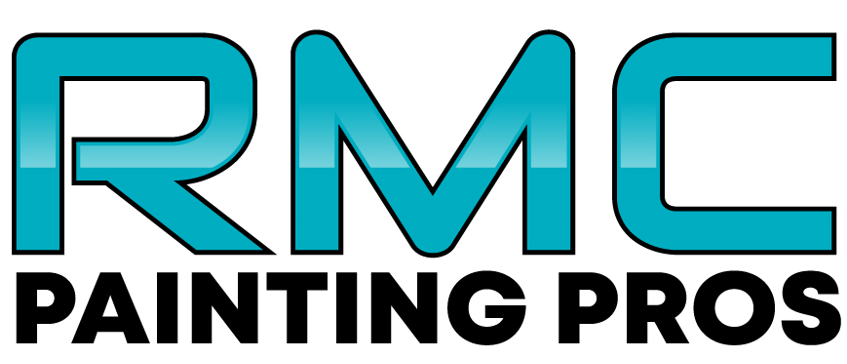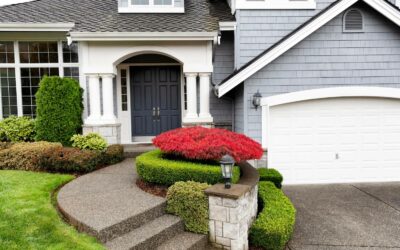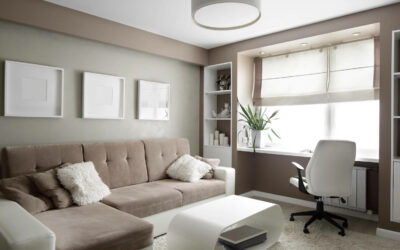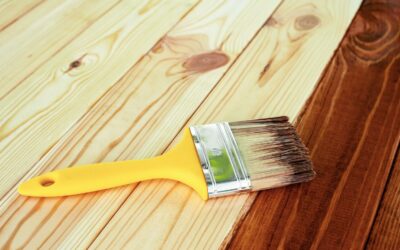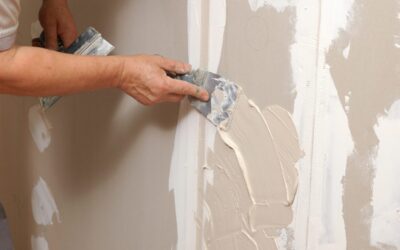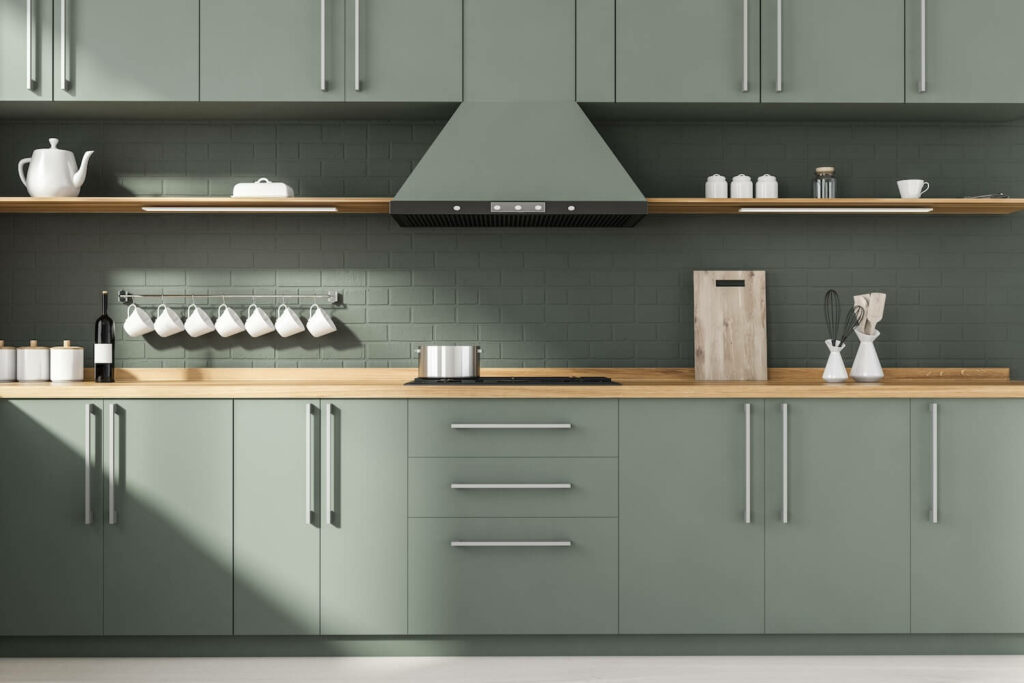
Choosing the right color for your kitchen cabinets can transform the entire look and feel of your kitchen. With countless options available, it can be overwhelming to make a decision. However, by considering various factors such as your kitchen’s style, size, lighting, and personal preferences, you can narrow down your choices and find the perfect color that suits your taste and complements your kitchen design.
In this guide, we’ll explore the key considerations and steps to help you choose the ideal color for your kitchen cabinets.
Understanding Your Kitchen’s Style
Before diving into color options, it’s essential to understand the style of your kitchen. Is it modern, traditional, farmhouse, or something else? The style of your kitchen will influence the color palette that works best. For example, modern kitchens often feature sleek and minimalist designs with neutral colors like white, gray, or black, while traditional kitchens may lean towards warmer hues like beige, cream, or rich wood tones. Identifying your kitchen’s style will provide a foundation for selecting cabinet colors that harmonize with the overall aesthetic.
Assessing Kitchen Size and Layout
The size and layout of your kitchen play a significant role in determining the ideal cabinet color. In smaller kitchens, light-colored cabinets can create a sense of openness and make the space appear larger. White or light pastel shades reflect light and give the illusion of expansiveness. On the other hand, in larger kitchens, you have more flexibility to experiment with darker colors or bold hues to add depth and character. Darker cabinet colors can also create a cozy atmosphere in spacious kitchens, especially when balanced with ample lighting.
Considering Natural and Artificial Lighting
Lighting is another crucial factor to consider when choosing cabinet colors. Natural light can vary throughout the day, affecting how colors appear in your kitchen. If your kitchen receives plenty of natural light, you have more freedom to explore a wider range of colors without worrying about them appearing too dark or dull. Conversely, in kitchens with limited natural light, opting for lighter cabinet colors can help brighten the space and prevent it from feeling gloomy. Additionally, consider the type of artificial lighting in your kitchen, such as overhead fixtures, under-cabinet lighting, or pendant lights, as they can influence how colors are perceived.
Exploring Color Psychology
Color psychology plays a significant role in how colors affect our mood and perception. When choosing cabinet colors, it’s essential to consider the emotions and atmosphere you want to evoke in your kitchen.
Here’s a brief overview of how different colors can impact your kitchen:
- White: Symbolizing purity and cleanliness, white cabinets create a timeless and versatile look. They can make a small kitchen feel more spacious and airy while providing a neutral backdrop for other design elements.
- Gray: Gray cabinets offer a sophisticated and modern aesthetic. Light gray shades can add warmth without overpowering the space, while darker grays can create a sense of elegance and luxury.
- Blue: Blue cabinets evoke feelings of calmness and serenity, making them an excellent choice for creating a relaxing atmosphere in the kitchen. From soft pastel blues to bold navy tones, there are various shades to suit different styles and preferences.
- Green: Green cabinets bring a sense of nature and tranquility into the kitchen. Lighter shades of green can freshen up the space, while deeper greens add depth and richness.
- Beige: Beige cabinets offer a classic and timeless appeal, blending seamlessly with a range of design styles. They create a warm and inviting atmosphere, perfect for traditional or farmhouse kitchens.
- Wood Tones: Natural wood cabinets add warmth and texture to the kitchen, creating a cozy and inviting ambiance. From light oak to rich walnut, there are numerous wood tones to choose from, each with its unique charm.
- Bold Colors: If you’re feeling adventurous, consider incorporating bold colors like red, yellow, or teal into your kitchen cabinets. These vibrant hues can add personality and flair to the space, making a bold statement.
Testing Samples and Swatches
Once you’ve narrowed down your color options based on style, size, lighting, and personal preferences, it’s time to test samples and swatches in your kitchen. Purchase small paint samples or obtain swatches from your cabinet supplier to see how the colors look in your space. It’s essential to observe the colors under different lighting conditions throughout the day to ensure they appear as desired. Place the samples next to countertops, backsplashes, and flooring materials to see how they coordinate with other elements of your kitchen design.
Harmonizing with Other Design Elements
In addition to cabinet color, consider how it will harmonize with other design elements in your kitchen, such as countertops, backsplashes, flooring, and appliances. Aim for a cohesive color scheme that ties everything together seamlessly. For example, if you have a bold countertop or backsplash, opt for neutral cabinet colors that complement rather than compete with these focal points. Similarly, consider the finish of your cabinet hardware and how it complements the chosen color palette.
Exploring Perfect Color Combinations
In addition to choosing a single color for your kitchen cabinets, you may also consider exploring color combinations to add depth and visual interest to your space.
Here are a few popular color combination ideas to inspire you:
- Two-Tone Cabinets: Create contrast and dimension by painting upper and lower cabinets in different colors. For example, pair white upper cabinets with navy blue lower cabinets for a classic yet contemporary look. This approach allows you to incorporate multiple colors into your kitchen design while maintaining a cohesive overall aesthetic.
- Neutral with Pop of Color: If you prefer a neutral color scheme but want to add a splash of color, consider painting an island or selecting cabinets in a bold hue. For instance, pair white or gray cabinets with a vibrant blue or green island to create a focal point in the kitchen. This technique adds personality and visual interest without overwhelming the space with color.
- Monochromatic Palette: Embrace a monochromatic color scheme by using varying shades of the same color for your cabinets. For example, opt for light gray cabinets paired with darker gray countertops and backsplashes for a sophisticated and cohesive look. Monochromatic palettes create a sense of harmony and unity while allowing you to play with different tones and textures.
- Contrasting Colors: For a bold and dramatic effect, choose contrasting colors that create a visual impact in your kitchen. Pair warm tones like beige or taupe with cool tones like blue or green for a striking contrast. This juxtaposition of colors adds excitement and personality to the space, making a bold design statement.
- Analogous Colors: Create a harmonious color scheme by selecting adjacent colors on the color wheel for your cabinets. For example, combine shades of blue and green for a serene and cohesive look. Analogous color schemes create a sense of balance and flow in the kitchen, making it feel inviting and cohesive.
Maintaining Versatility and Timelessness
While it’s essential to consider current trends and personal preferences when choosing cabinet colors, it’s also important to think about long-term versatility and timelessness. Trends come and go, but classic colors and designs stand the test of time. Opting for neutral or timeless cabinet colors like white, gray, or natural wood tones ensures that your kitchen remains stylish and relevant for years to come. You can always incorporate trendy accents and accessories that can be easily updated as styles evolve.
Considering Resale Value
If you plan to sell your home in the future, it’s wise to consider the resale value when choosing cabinet colors. Neutral colors tend to appeal to a broader range of buyers and can help increase the perceived value of your home. While you may be drawn to bold or unconventional colors, keep in mind that potential buyers may have different preferences. If you’re unsure, consult with a real estate agent or home staging expert to get advice on colors that will enhance your home’s marketability.
Taking Care of Maintenance
Lastly, consider the practical aspects of maintaining your chosen cabinet color. Light-colored cabinets may show dirt and stains more easily, requiring frequent cleaning to keep them looking fresh. Darker colors, while more forgiving in terms of maintenance, may show scratches and dents more prominently. Choose a finish that suits your lifestyle and cleaning habits, whether it’s matte, satin, or high-gloss. Additionally, be mindful of the type of paint or finish used, as some may be more durable and resistant to wear and tear than others.
Seeking Professional Advice
If you’re still unsure about which cabinet color to choose, don’t hesitate to seek professional advice from interior designers, kitchen designers, or color consultants. They can offer valuable insights and recommendations based on their expertise and experience. Bring photos of your kitchen, along with any inspirational images or color swatches, to help convey your vision. A professional can provide personalized guidance tailored to your specific needs and preferences, helping you make an informed decision.
Conclusion
Choosing the perfect color for your kitchen cabinets is a significant decision that can greatly impact the overall look and feel of your kitchen. By considering factors such as your kitchen’s style, size, lighting, and color psychology, you can narrow down your options and find the ideal color that suits your taste and complements your design aesthetic. Test samples and swatches in your kitchen to ensure the colors appear as desired under different lighting conditions, and aim for a cohesive color scheme that harmonizes with other design elements. Whether you prefer timeless neutrals, soothing blues, or bold statement colors, selecting the right cabinet color will enhance the beauty and functionality of your kitchen for years to come.
Read Other Blog Posts
Shield Your Investment: How Fresh Exterior Paint Extends Home Longevity
A fresh coat of exterior paint...
From Vision to Reality: Design Your Dream Home with Color Consultants
Designing your dream home is a...
From Drab to Fab: The Power of Professional Deck and Fence Staining Services
Decks and fences serve as...
Time is Money: How Hiring Professional Painters Saves You Both
In the fast-paced world we...
The Psychology of Color: How Paint Colors Affect Your Mood and Behavior
Colors have a profound impact...
Perfect Prep: Do You Need Professional Drywall Repair Before Painting?
Achieving a flawless paint job...
